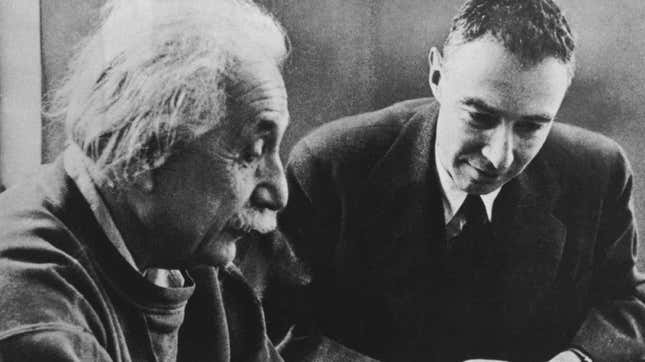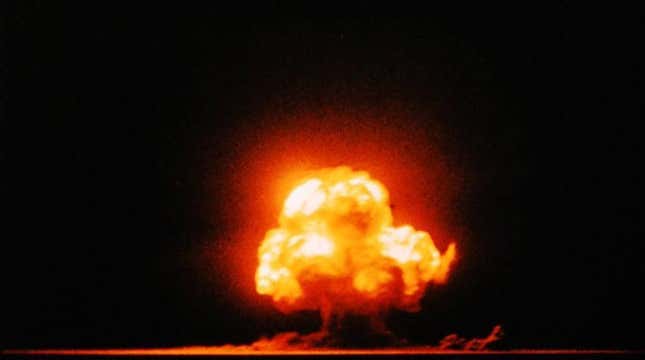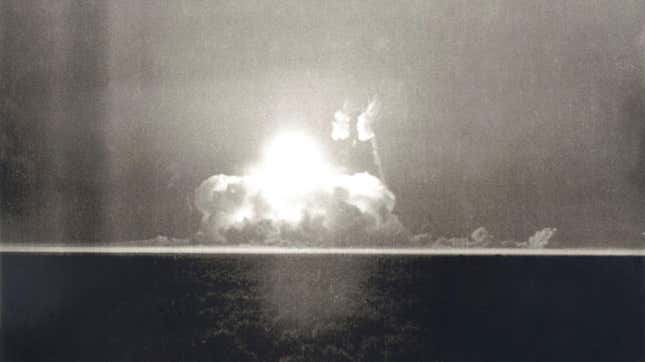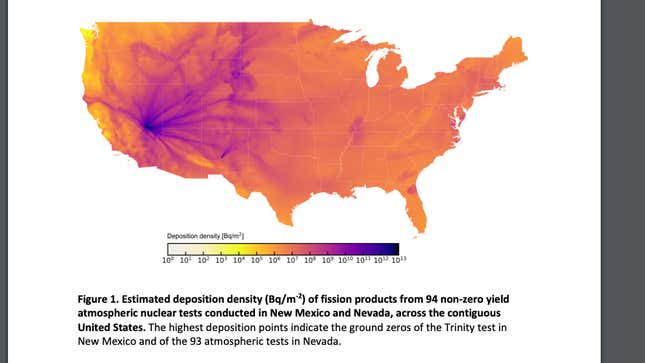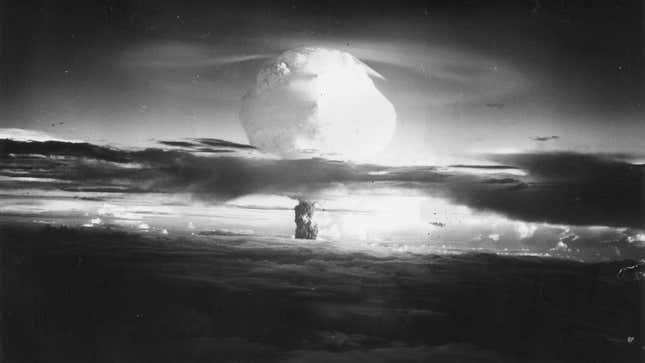
As millions of people head to the theaters this weekend to see Christopher Nolan’s epic Oppenheimer, a new study has been released that tracks the radioactive devastation wrought by the U.S. government’s first nuclear weapons test. The “Trinity” test, as it was secretly known, was the first nuclear detonation by the American military, occurring on July 16, 1945. That test resulted in the distribution of radioactive deposits to 46 U.S. states, as well as to parts of Canada and Mexico, the new research shows. The report also attempts to analyze the impact of the dozens of other “atmospheric” nuclear weapons tests carried out by the federal government between 1951 and 1962 inside the United States. The tests, researchers say, caused “widespread dispersion of radioactive fallout” and led to “environmental contamination and population exposures.” Here are some of the key takeaways from the new report.
